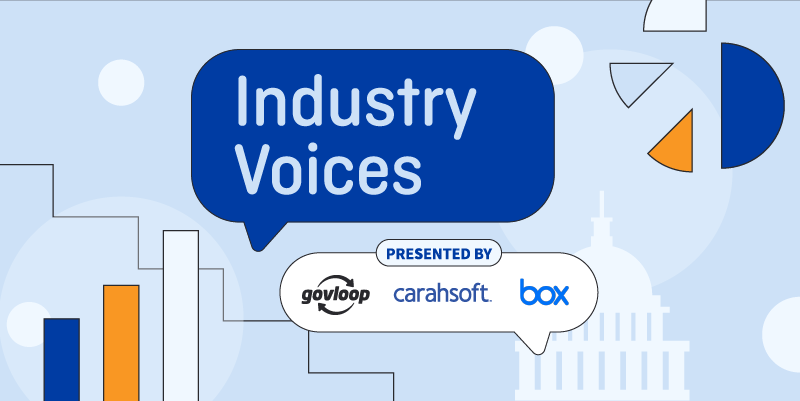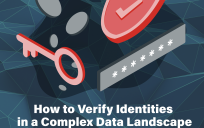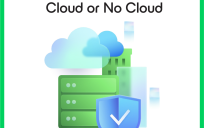In state and local government, some of the most valuable data is not found in traditional databases. It’s found in the wide variety of content generated in employees’ day-to-day work: case notes, court filings, Word documents, Excel files, drone footage and PDF forms. These are examples of unstructured data — information that doesn’t fit into the rows and columns of a traditional database.
But this content is rich in insights about the management and delivery of government operations and services, whether it’s assessing the time needed to approve permit applications or reviewing the criteria determining eligibility for benefits. The challenge is unlocking those insights and making them accessible across the organization.
“When you look at all facets of civic life — whether that’s parks and recreation, public safety, education, health services or social services — the government runs and is fueled by content, most of which is unstructured content,” said Murtaza Masood, Managing Director for State and Local Government at Box and a former chief information officer for Los Angeles County.
In this video interview, Masood discusses how artificial intelligence (AI) and related technology can help agencies get more value from unstructured content. Topics addressed include:
- Extracting structured data out of unstructured content, regardless of the format
- Bringing better governance to unstructured data, including security and compliance
- Developing automated processes and workflows for sharing and collaborating on that content





Leave a Reply
You must be logged in to post a comment.